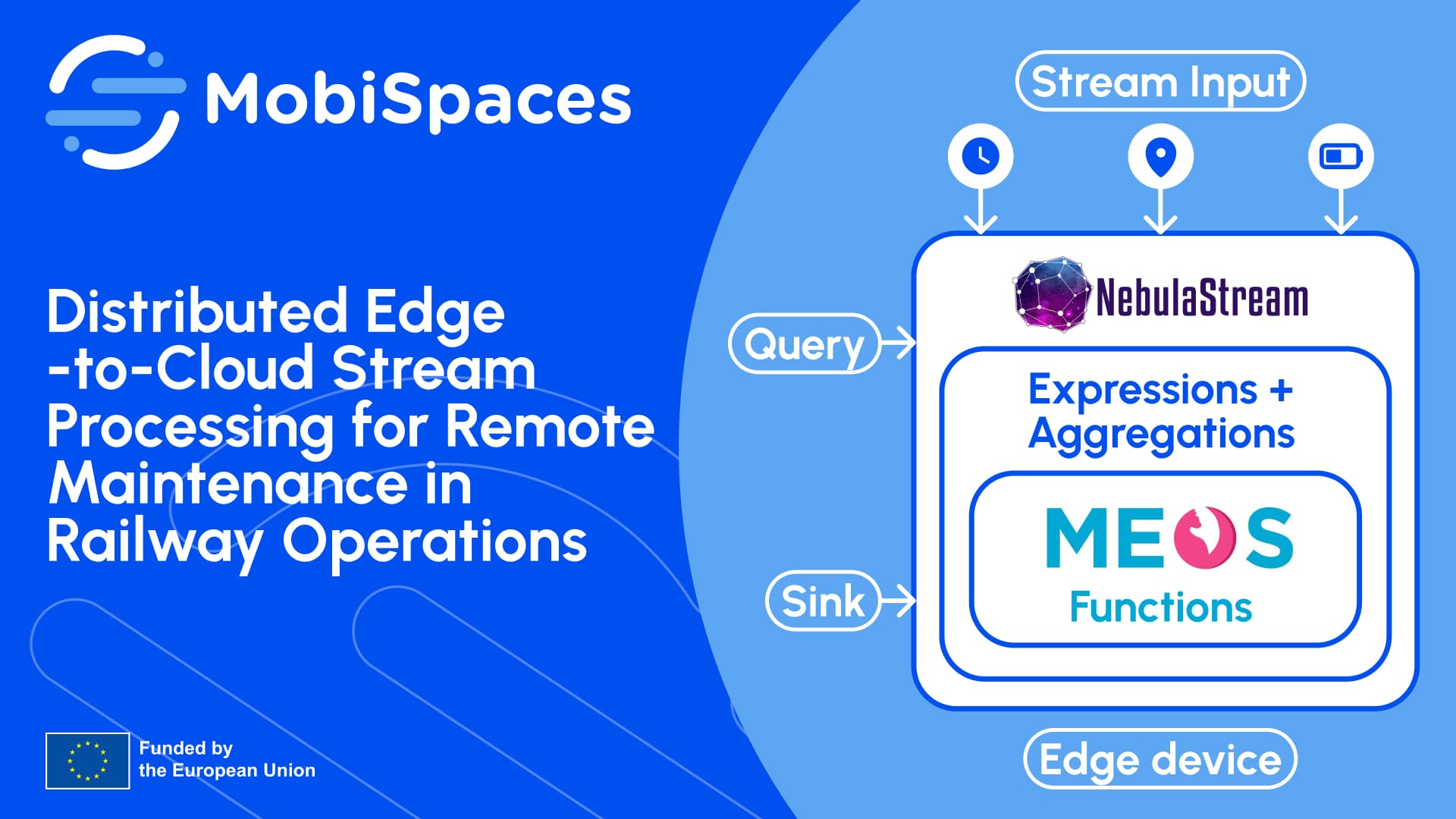
Distributed Stream Processing for Rail Maintenance
The Engineering Department (Rolling Stock) in the National Railway Company of Belgium (SNCB/NMBS) has the mission of ensuring the operational safety and reliability of over 1,200 railway vehicles across 11 distinct fleets. To support this mission, they develop and maintain a remote diagnostic platform for continuous acquisition and analysis of telemetry data from onboard subsystems - including pantographs, traction converters, doors, HVAC units, etc. In the current architecture, this data is being transmitted to a centralized cloud infrastructure, where batch and near-real-time analytics support anomaly detection and the generation of maintenance work orders within the enterprise resource planning system.
However, the scale and velocity of data generated by modern rolling stock have exposed limitations in purely cloud-centric architectures. The volume of raw sensor streams, often sampled at high frequencies, imposes significant bandwidth and storage costs, while centralized processing grows inefficient with the increase in data size.
The MobilityNebula system
MobiSpaces has addressed these challenges, in a work done by Université libre de Bruxelles (ULB) in collaboration with SNCB and Technische Universität Berlin (TUB). The solution creates the MobilityNebula system, which is an integration of the NebulaStream, a scalable data management system for IoT and edge environments, with MEOS, a library specialized in spatiotemporal query processing. This integration enables real-time analytics to be deployed across a hierarchy of edge, fog, and cloud layers into the remote diagnostics infrastructure of SNCB.
MobilityNebula integrates MEOS into NebulaStream through function bindings that extend NebulaStream expressions and operators with spatiotemporal capabilities. The edge device receives a stream of data measurements. MobilityNebula continuously executes mobility queries on this data with millisecond-scale latency before forwarding the results to downstream sinks for persistent storage and later offline analysis.
In the SNCB deployment, edge devices installed on trains execute lightweight analytics directly on incoming sensor streams. This includes the detection of critical events—such as unscheduled stops, abrupt decelerations, or degradation patterns in braking systems - using user-defined queries expressed in SQL-like or C++ syntax. Only high-level alerts and aggregated summaries are transmitted to central systems, significantly reducing network load while preserving diagnostic
fidelity. The system also supports dynamic reconfiguration of monitoring logic without physical access to the vehicles, overcoming limitations of legacy programmable logic controllers (PLCs).
This shift toward edge-enabled, data-driven maintenance facilitates a transition from time-based to condition-based servicing, with potential benefits including reduced downtime, extended component lifespans, and more efficient allocation of maintenance resources. The NebulaMEOS architecture is designed to be domain-agnostic; while currently applied to railway telemetry, its spatiotemporal processing capabilities are also relevant to other mobility contexts, such as fleet management and maritime navigation.